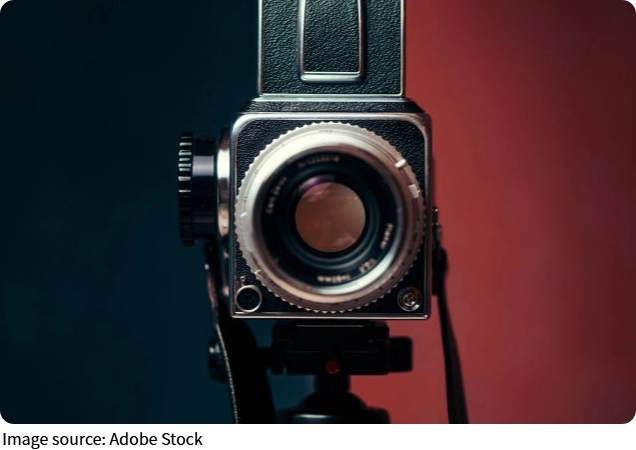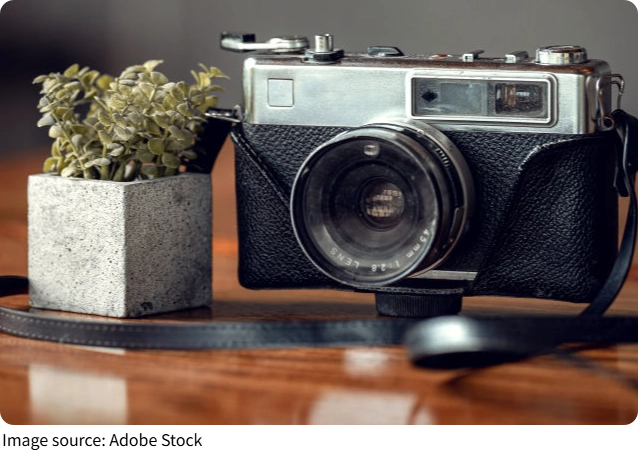Night Photography Magic

Night photography has a unique charm. There's something captivating about the way light interacts with the darkness, creating images that tell stories we can feel and even experience.
Whether it's the glow of streetlights casting long shadows, the neon signs reflecting off wet streets, or the stars shining above a quiet city, night photography allows us to capture the essence of a moment in a way that daylight simply cannot. But how exactly does light tell the story?
Let's dive into the fascinating world of night photography and explore its magical power.
Light as a Storyteller
When we think of photography, we often focus on the subject or the composition. However, in night photography, light is the true storyteller. The way light plays with shadows, reflections, and contrast can evoke a wide range of emotions. For example, a dimly lit street may create a sense of loneliness or mystery, while bright city lights may convey excitement or energy.
Light doesn't just illuminate; it sets the mood. The soft glow of a lamppost on a quiet street corner can make a scene feel intimate and calm, while the harsh fluorescent lights of a bustling city can make everything feel fast-paced and chaotic. Through the lens of a camera, we can harness the power of light to translate these emotions into a visual story that resonates with the viewer.
Capturing Emotions in the Dark
One of the most magical aspects of night photography is how it allows us to capture emotions that are often hidden during the day. Nighttime is a time of reflection, calmness, and solitude. As the world quiets down and people retreat indoors, the streets take on a new character. This is when photographers have the opportunity to capture those quiet moments, when the world feels still, and every light seems to tell its own story.
Consider a photograph of a lone figure walking under the streetlights. The shadows may suggest a feeling of isolation, while the glow of the light may symbolize hope or warmth. These visual cues invite the viewer to interpret the photograph on a personal level, evoking different emotions depending on their own experiences.
Creating Depth with Light and Shadows
In night photography, shadows play just as important a role as the light itself. While light highlights the subject, shadows create depth and contrast. Together, they can form a powerful narrative, adding texture and dimension to the photograph. The contrast between light and dark helps direct the viewer's eye, guiding them through the scene.
For example, the light reflecting off a wet street after rain can create beautiful patterns and textures that give a photo a sense of movement or dynamism. Shadows cast by buildings or trees can add mystery, making the viewer wonder what lies beyond the frame. In these moments, light and shadow work in harmony, telling a story that might not be immediately obvious but is deeply felt.
The Influence of Urban and Natural Light
One of the most exciting things about night photography is the variety of lighting sources available. In urban environments, neon signs, streetlights, and the glow from buildings create vibrant and colorful scenes. These lights can transform even the most mundane street into something visually stunning, with their reflection in puddles, glass, or windows adding layers of complexity to the image.
On the other hand, natural light from the moon and stars provides a softer, more ethereal quality to night photography. In more remote or rural areas, photographers can capture the tranquility of the night sky, with starlight and moonbeams illuminating the landscape in subtle, magical ways. The difference in light sources allows photographers to explore a wide range of moods and aesthetics, from the energetic vibrancy of city life to the peaceful solitude of the countryside.
Long Exposure: A Technique to Enhance Storytelling
One of the key techniques in night photography is long exposure. By keeping the camera's shutter open for a longer period, photographers can capture the movement of light over time. This technique creates beautiful trails of light, such as the streaks of car headlights or the soft glow of stars in the sky. These light trails can add an element of motion to an otherwise still scene, giving the photograph a sense of life and energy.
Long exposure can also enhance the contrast between light and dark, making shadows more pronounced and highlights more vibrant. The result is a dynamic, almost surreal image that tells a story of movement, time, and space. The beauty of long exposure is that it allows photographers to show not just a snapshot of a moment, but the passage of time within that moment.

Conclusion: The Power of Light in Night Photography
Night photography is an art form that relies heavily on the manipulation of light to create a compelling visual story. Through the careful use of lighting, shadows, and exposure techniques, photographers can capture the essence of a scene and the emotions it evokes. Whether it's the quiet solitude of an empty street, the energy of a bustling city, or the stillness of a starry night, light has the power to transform any scene into a story worth telling.
Now, we want to hear from you! Have you ever tried night photography? What stories have you captured through the play of light?
-
 Blockchain: Transparency?How Blockchain Technology Improves Financial Transparency? See What Changes Everything!
Blockchain: Transparency?How Blockchain Technology Improves Financial Transparency? See What Changes Everything! -
 Window Sleep RisksWhat Happens to Your Health When You Sleep with the Window Open – Surprising Effects You Should Know!
Window Sleep RisksWhat Happens to Your Health When You Sleep with the Window Open – Surprising Effects You Should Know! -
 Currency Hedging: InvestorsCould Currency Hedging Shield Your Investments? Learn How It Protects Wealth From Market Swings!
Currency Hedging: InvestorsCould Currency Hedging Shield Your Investments? Learn How It Protects Wealth From Market Swings!